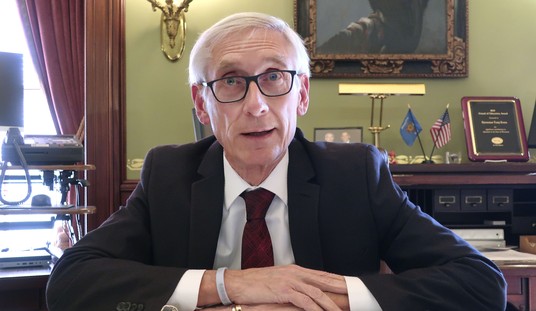Crystals dating to medieval times show that the last warming period wasn’t confined to Europe. It was global, and it had nothing to do with CO2 emissions:
A team of scientists led by geochemist Zunli Lu from Syracuse University in New York state, has found that contrary to the ‘consensus’, the ‘Medieval Warm Period’ approximately 500 to 1,000 years ago wasn’t just confined to Europe.
In fact, it extended all the way down to Antarctica – which means that the Earth has already experience global warming without the aid of human CO2 emissions.
—
‘Ikaite is an icy version of limestone,’ said Lu. ‘The crystals are only stable under cold conditions and actually melt at room temperature.’
It turns out the water that holds the crystal structure together – called the hydration water – traps information about temperatures present when the crystals formed.
This finding by Lu’s research team establishes, for the first time, ikaite as a reliable way to study past climate conditions.
From the ikaite crystals takes in samples off Antarctica, Lu’s team deduced that the medieval warming period was global. That contradicts the UN IPCC and Algore dogma, which states that the medieval warming was localized to northern Europe.
Just a guess here, but the medieval warming and the little ice age that followed it probably line up well with the solar activity cycle. That big orange thing in the sky has much more to say on our climate than anything we do.









Join the conversation as a VIP Member